
Training Pigeons – Pigeon Training and Nutrition Part 2
 Nutrition for Humans:
Nutrition for Humans:
Untrained humans will burn their body fat first. Trained humans will burn a lot more carbohydrates. The story in training pigeons is completely different and I will come back to this later. If you want to train well, as a trained athlete you will require between 8 and 10 gram of carbohydrate per kilogram of body weight.
This means that an athlete weighing 70kg: needs a maximum of 700 gram. That is a lot!! Someone who doesn’t participate in sport would not come close to this. At the most they would reach about half. An athlete doesn’t burn only carbohydrates, the fats and proteins are also called on. In our western culture we eat far too much fat and eat far too few carbohydrates then are required to achieve top athletic performances. It is also important to take in enough fluids (water). You certainly should not eat 2 to 4 hours before a competition. The nutrition that you do take in should contain sufficient carbohydrates. The “loading” of carbohydrates that takes place before a competition is best done via the “tapering method”. The amount of training is reduced and the amount of carbohydrates consumed is increased, food such as noodles, pasta, cornflakes, muesli, toasted white bread etc. Correct, white bread because the last 3 days before a competition as little as possible fiber should be consumed. Why? High percentages of sugar in the blood will result in higher amounts of insulin in the blood. This will result in a large amount of glucose being assimilated.
Training Pigeons – Pigeon Training and Nutrition Part 2
During the event: If a competition last longer than 45 minutes you can improve your performance by eating carbohydrates. But which carbohydrates are best suited? The most suitable nutrients are glucose, sacharose (cane or beet sugar) or dextrin-maltose combinations. These will almost directly enter the blood stream. These help immediately. These provide for high plasma glucose levels and are burned almost completely by active muscles. Fructoses (fruit sugars) are less valuable as they are not assimilated as well as the previously mentioned sugars.
However, during the sporting event you can’t eat unlimited carbohydrates. Why not? The body can only assimilated 60 to 65 grams of carbohydrate per hour. You can imagine that consuming too much will have a disruptive effect (oxidation). But a drink containing about 7% carbohydrate will provide at a volume of 850 ml/hr an ideal supply of 60 grams carbohydrate per hour. The chances of stomach or intestinal upsets are only increased if you consume too many “Red Bulls”. There is still a lot to tell about nutrition and the endurance sports for humans. But I don’t want to confuse you, because the story about nutrition in our pigeons is quite different. Humans, use during a sporting event lasting 1 ½ hours, (+/-) 100 to 250 grams of glycogen and fats. Besides this energy use, they easily lose more than a litre of fluids, depending on the air temperature.
Training Pigeons – Pigeon Training and Nutrition Part 2
Nutrition for racing pigeons:
Pigeons sweat far less than humans during a flight. They also can’t drink, at the very least; it is our duty to make sure our pigeons don’t suffer from thirst. If they drink on the way home, firstly the question is what kind of water (healthy or contaminated) did they drink and secondly the pigeons that take the time to drink will arrive home later then we had planned. That’s why I am a proponent of using electrolytes during periods of warm temperatures. They help retain moisture and that is of great importance.
Pigeons like humans should not begin their competitions with a full stomach in order to prevent stomach and intestinal upsets. All the needed nutrients should already be “stored” and digested when the competition begins. Racing pigeons like humans can store only small amounts of glycogen in the “white muscle” fibers. Firstly a racing pigeon has very few white muscles and in the second place the fuel for our pigeons are principally fatty acids (3 to 3 ½ grams per hour of flying). During the first 10 minutes of flight the glycogen stored in the white muscles are used. After this the pigeon can fly a maximum of 45 minutes on the glycogen present in the blood and the liver. Often the pigeon has already switched over to fat (stored in the red muscles) as fuel in only half an hour.
Training Pigeons – Pigeon Training and Nutrition Part 2
When fats burn they don’t leave any waste products. Therefore there is little or no lactic acid build up during a flight. That is also the reason pigeons can fly for a long time without getting “weak legs”. Naturally there is a point where exhausting is reached and they hit the wall. That moment lies somewhere between 400 and 500 km. At that point the pigeon becomes tired and finds it difficult to keep a constant flying tempo. Approximately a half hour to an hour later this effect will disappear and a more constant tempo is again reached. We have learned from simulations in wind tunnels and by fastening GPS units to the backs of racing pigeons, that this renewed flying tempo will gradually decrease.
Recuperation:
When arriving home after a long hard flight the pigeon’s first requirement will be for glycogen. It is required to allow the brain to function properly. In fact, without glycogen the brain cannot function at all. That is why it is necessary directly after a hard race to provide a carbohydrate rich food, such as dextrose (and electrolytes) in the drinking water and a carbohydrate rich mix. Naturally this mix should be so rich and varied in grains and seed that the pigeon can make the choices that will fulfill its own particular requirements.
Training Pigeons – Pigeon Training and Nutrition Part 2 by Peter Mulder
The Leading Online Pigeon Racing and Racing Pigeons Magazine – The Pigeon Insider


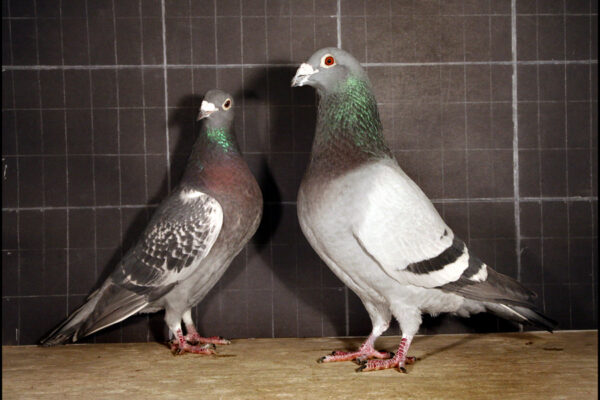
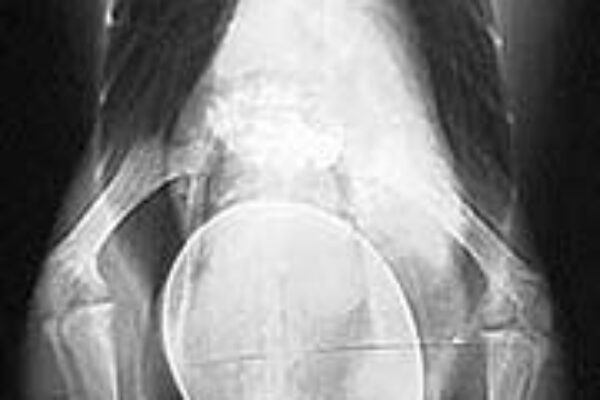
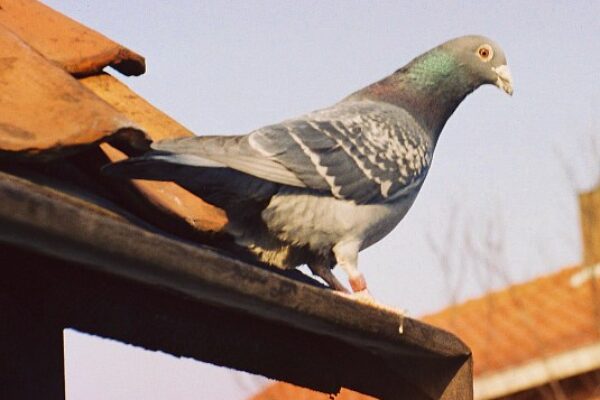
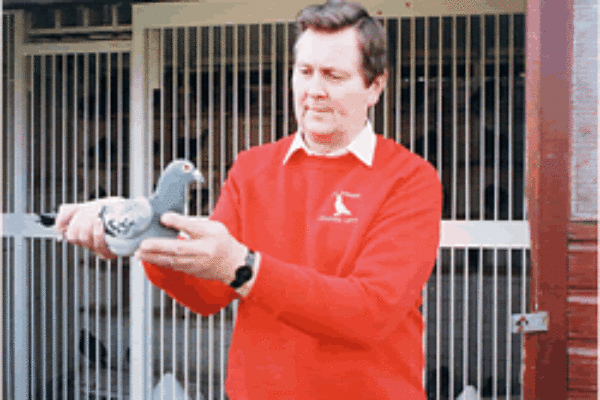
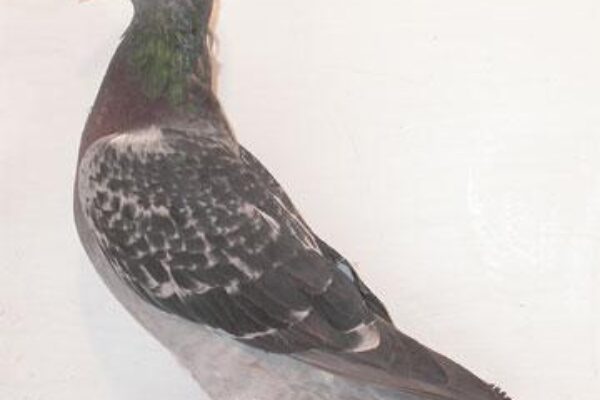


im a beginner and pigeon insider is a great help, thnks a lot and more power, go go pigeon insider hoorray…
Excellent information!!!
thanks for all the mssg. ilearn alot.